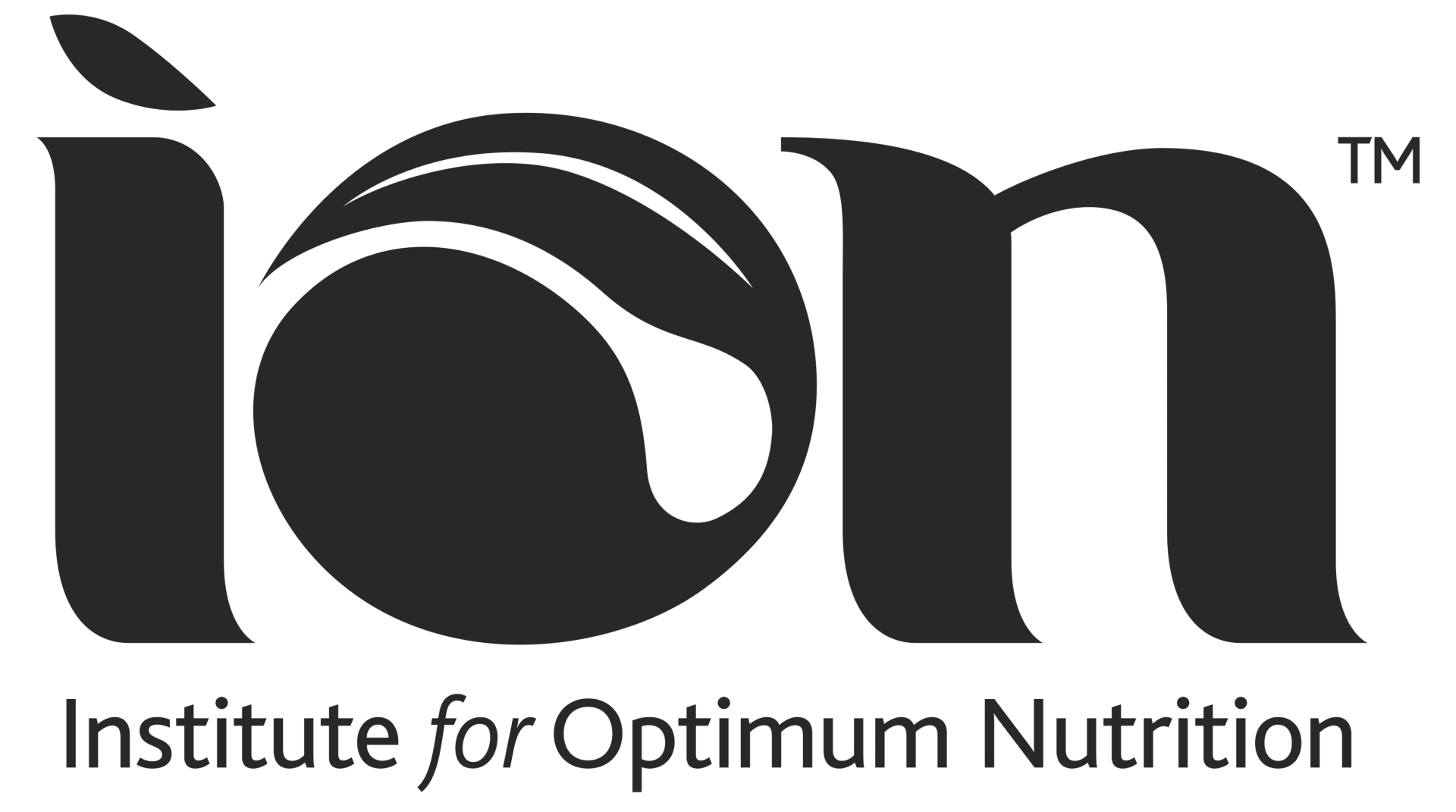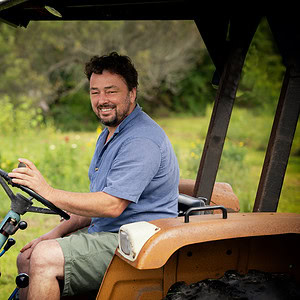Planetary diets aim to combat climate change by suggesting sustainable ways of eating for all. But could the plant-based diet proposed by the EAT-Lancet Commission adequately nourish us too?
This long-read article, written by Alice Ball, was originally published in the Summer 2019 issue of the Optimum Nutrition magazine.
I am starting to think that avocados are the root of all our problems.
Not only are they keeping millennials like me off the housing market (according to one millionaire, anyway) but transporting them to the UK is raking up a reported footprint of 846.37g of CO2 per pack.
With the planet dangerously close to a global warming of 2°C, our dietary habits need to change.
Balancing environmental impact with health can be tricky, but scientists for the EAT-Lancet Commission believe they’ve found a solution that supports both — and it goes beyond avocado consumption.
What is the Planetary Health Diet?
The EAT-Lancet report brings together more than 30 experts who have defined a healthy and environmentally sustainable diet. The Planetary Health Diet is largely flexitarian, comprising plant-based products with modest amounts of fish, meat and dairy.
Whilst the guidelines allow for an average mass of each type of food every day, you could save up your ‘allowance’ to enjoy a bigger portion once a week.
The authors believe that widespread adoption of the diet would reduce consumption of saturated fats and increase essential micronutrient intake for most people.
One exception is vitamin B12, for which it is suggested supplementation may be required to meet adequate intake.
They also hope that by halving red meat consumption and limiting dairy products, greenhouse gas emissions, water consumption and land use will be significantly reduced.
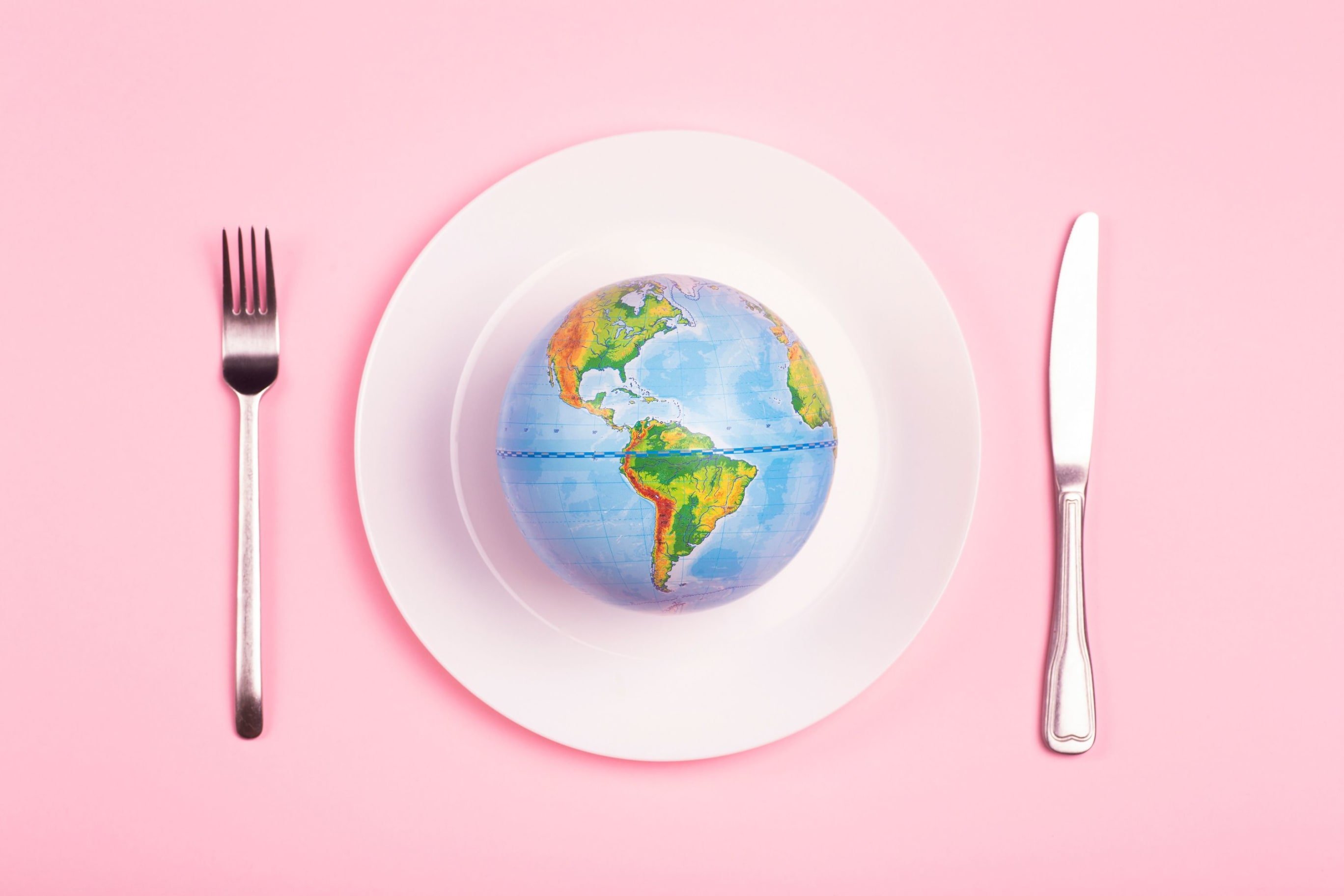
Missing out on essential nutrients?
But Dr Zoë Harcombe, nutrition PhD, believes that the Planetary Health Diet is nutritionally deficient.
“I analysed the micronutrients provided by the recommended diet,” she says. “Vitamin D provided only 5% of the recommended daily [allowance] (RDA) of 15mcg; retinol [vitamin A] only 15% of the RDA of 900mcg and calcium only 55-65% of the 1,000-1,200mg recommended.”
Harcombe points out that deficiencies in these nutrients can lead to a variety of health outcomes.
“Vitamin D deficiency can lead to fatigue, low mood and bone fragility; retinol deficiency to dry skin … and eye disorders; and calcium to brittle nails, muscle cramps and bone fractures.”
She also has concerns that the “paltry” amounts of animal products in the diet could lead to iron deficiency, and just 28g of fish will provide insufficient omega-3 — an essential fatty acid for nerve and brain health.
In defence of the Planetary Health Diet
However, Dr Walter Willett, a professor of epidemiology and nutrition at Harvard University and lead author of the EAT-Lancet report, says that we primarily get vitamin D from exposure to the sun.
“Fish liver, as in cod liver oil, also contains a substantial amount of vitamin D. Fatty fish… does contain some vitamin D, but we would need to eat a lot of fish to get the RDA.”
(It is worth noting, however, that one study in Japan, where fish consumption is high, found that subjects took in a daily average of 6.4mcg of vitamin D a day through fish.)
Willett maintains that the EAT-Lancet diet would provide substantial amounts of vitamin K and, contrary to Harcombe’s analysis, that it would meet the UK adequate intake standard for calcium.
“However, as we note in the report, those who consume low amounts of animal sourced foods — such as vegans — will need to take vitamin B12 supplements or fortified foods,” he says.
According to Willett, global adoption of the dietary targets would prevent approximately 11 million premature deaths per year whilst allowing the world to stay within planetary boundaries.
“The current dietary and population trends will greatly exceed planetary boundaries by 2050,” he says. “This will not allow us to avoid extreme global warming and degradation of the resources needed to produce food to feed the world.
“The future of our children depends on making these shifts in diet, and we ourselves will be healthier in doing so.”

Goodbye avocados, hello parsnips
However, although the diet provides generalised dietary allowances of each food group, varying climates and food systems around the globe may require countries to take a more personalised approach.
According to Professor Tim Hess, a professor of water and food systems at Cranfield University, UK, the UK grows just 13% of its fruit and vegetables.
“More than 60% of fruit and veg is imported from highly stressed water environments such as Spain, Morocco and South Africa,” he says.
Adoption of Planetary Health guidelines would require fruit and vegetable consumption to double, therefore increasing the strain on these dry countries.
“We would not only be offshoring our environmental impact, but from a supply chain point of view it creates a vulnerability and a risk of drought in those places.”
Hess says that “reshoring” this environmental impact back onto the UK would require a significant shift in dietary trends.
“We consume masses of citrus like oranges, grapefruits, lemons and limes that we don’t have the climatic conditions to grow in the UK.”
Vegetables such as sweet potatoes, aubergines and courgettes can only be grown in protected conditions too.
“We’d need to transition from exotics to more deciduous fruits which would be very seasonal. In terms of veg, we’d have to go back to a more traditional diet; eating turnips and parsnips during the winter rather than courgettes and aubergines.”
But could weaning ourselves off beloved exotics — not to mention, avocado toast — and onto a less varied assortment of fruit and vegetables, lead to nutritional deficiencies? Harcombe doesn’t think so.
“Given that human beings have no requirement for carbohydrate — we need protein and fat, but we could live without carbs — it doesn’t much matter what fruit and veg could be grown locally,” she says.
“I do think that veg has health benefits, but I also think that growing and consuming local fruits and veg is far better for us and the planet.”
What about the water?
Regardless of seasonality, however, an increase in crop production would impact the UK’s water resources. Just as the countries we import from tend to be dry, the parts of the UK where fruit and veg are grown tend to be drier too.
“It will require us domestically to think more about water allocations for agriculture and food production and to be able to balance water availability for agriculture with water availability for other sectors,” says Hess.
We would not even benefit significantly from the savings in water due to reducing animal production, because the majority of livestock in the UK is fed on grass, which relies on rainwater rather than irrigation to grow.
According to Hess, the only water that would be saved would be that which the livestock drink and which is used for washing and sanitation.
Reducing our meat consumption
However, whilst the UK’s agriculture industry has a lower water footprint than other countries, the meat industry is still the largest producer of carbon emissions.
A study from the University of Oxford, UK, reported that to produce 100g of beef creates 105kg of greenhouse gases, whereas the same amount of tofu produces less than 3.5kg.
Livestock farming also produces fertiliser run-off, in which fertiliser that contains urea, ammonium and nitrate leaches from crops and grasslands into water systems and causes loss of biodiversity.
The study therefore concluded that even the lowest impact meat products still cause more environmental harm than the least sustainable vegetable and cereal crops.
But producing plant-based protein sources in the UK would require significant land use change. Government statistics show that in 2015/16 only 400 hectares of soya bean were grown in the UK.
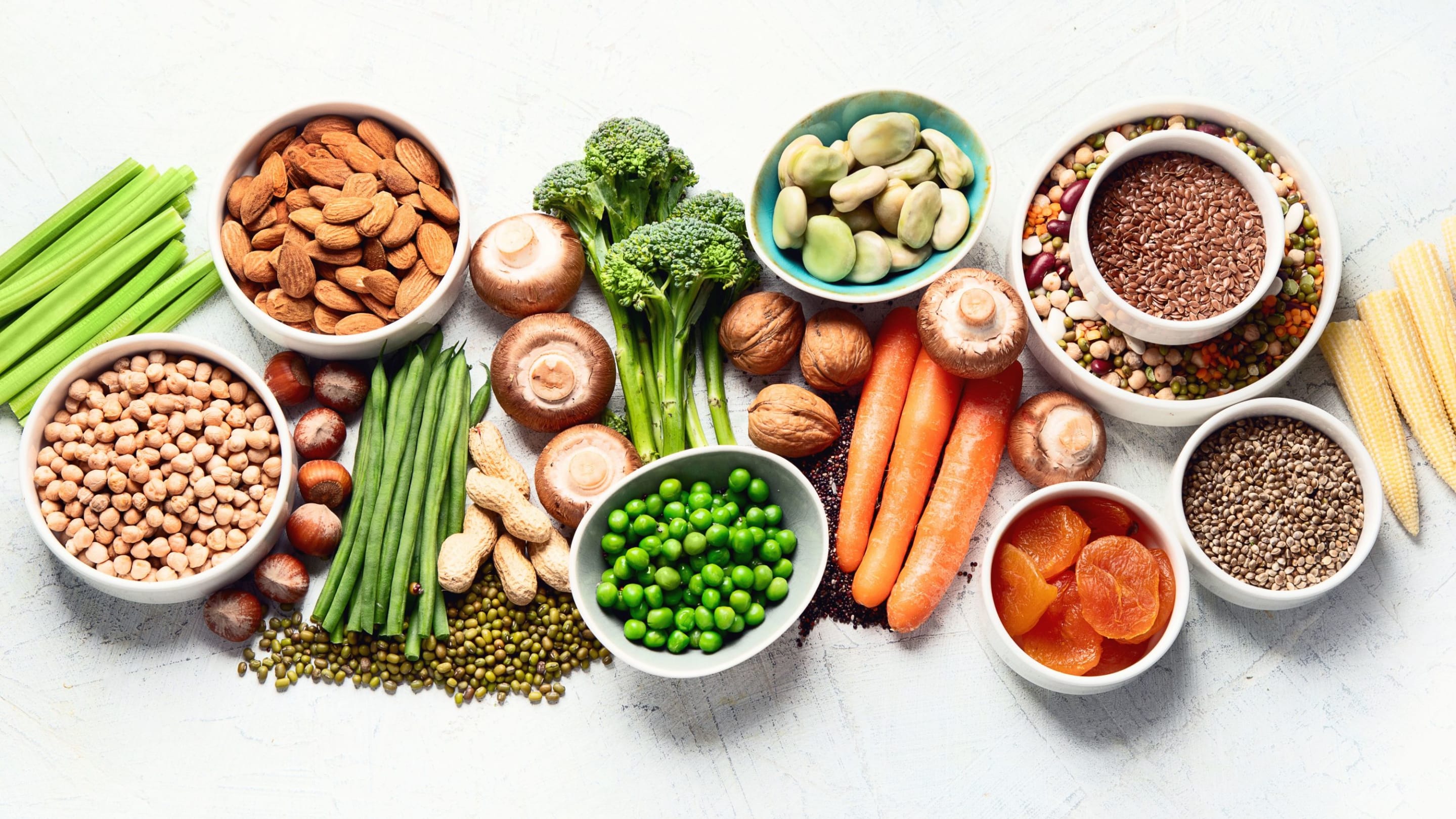
Plant-based protein production
Currently, the majority of soya is grown in South America where climatic conditions are more suitable — and large areas of rainforest are cut down as a result.
Data released by the Brazilian government’s Prodes deforestation satellite monitoring system found that 220,000 square km of land were deforested between 2006 and 2017; an action with environmental consequences because clearing vegetation releases CO2 and other greenhouse gases, contributing towards global warming.
However, advancements in soya varieties do mean that there are now species suitable for the UK market, reducing the need to import.
Soya UK is the largest supplier of soya and lupin seed in the UK and offers more than six varieties of crop that are suitable for soil types across the south of England.
The UK also provides good conditions for other plant proteins such as fava beans, peas and hemp seed.
A new report from Harvard University, USA, has suggested that restoring land that is currently used as pasture or as cropland to produce animal feed, back into forest could aid carbon dioxide removal.
It also suggests a second scenario in which land used to grow animal feed is repurposed for increased fruit, vegetable and plant protein production, offsetting at least 12 years of UK CO2 emissions.
Cutting down on dairy
According to the study from the University of Oxford, one glass of cows’ milk produces three times the greenhouse gas emissions of non-dairy milk, and uses 10 times as much land as oat milk.
So should our 250g dairy allowance come from a plant-based alternative? Dr Judith Bryans, chief executive of Dairy UK, believes the British dairy industry can be environmentally sustainable.
“Milk accounts for 2.8% of the UK’s carbon footprint,” she says. “UK dairy cattle are also predominately rain-fed and rely on abstraction from rivers, lakes and aquifers.
“This is in stark contrast to the production of many of the key ingredients in dairy alternatives, such as almonds, which have consistently been linked to water scarcity and drought.”
According to Bryans, it takes 6,000 litres of water to produce just a litre of almond milk — almost 10 times as much water required to produce a litre of dairy equivalent.
“Many of the comparisons made between milk and dairy alternatives are based on incomplete information on their environmental impacts, and omit important factors like freight and shipping.
“These comparisons rely upon global averages, which does a significant disservice to the UK dairy sector, which has long been a world leader in sustainable production.”
In 1990, Dairy UK set out a “Roadmap”, making commitments to reducing the water and carbon footprints of both dairy farms and processors.
“Last year saw the 10-year anniversary of the Roadmap,” says Bryans. “Our report showed that between 1990 and 2015 the dairy industry had cut the emissions associated with milk by 24%.
“Our report also set ambitious targets for 2020 and 2025, to ensure continual improvement.”
Harcombe also adds that livestock grazing helps to rejuvenate topsoil, without which we can’t naturally feed anyone.
“Plant food takes from the soil — it doesn’t give back to the soil,” she explains. “Unless we prioritise ruminants and their produce in our diets, we will destroy the planet.”
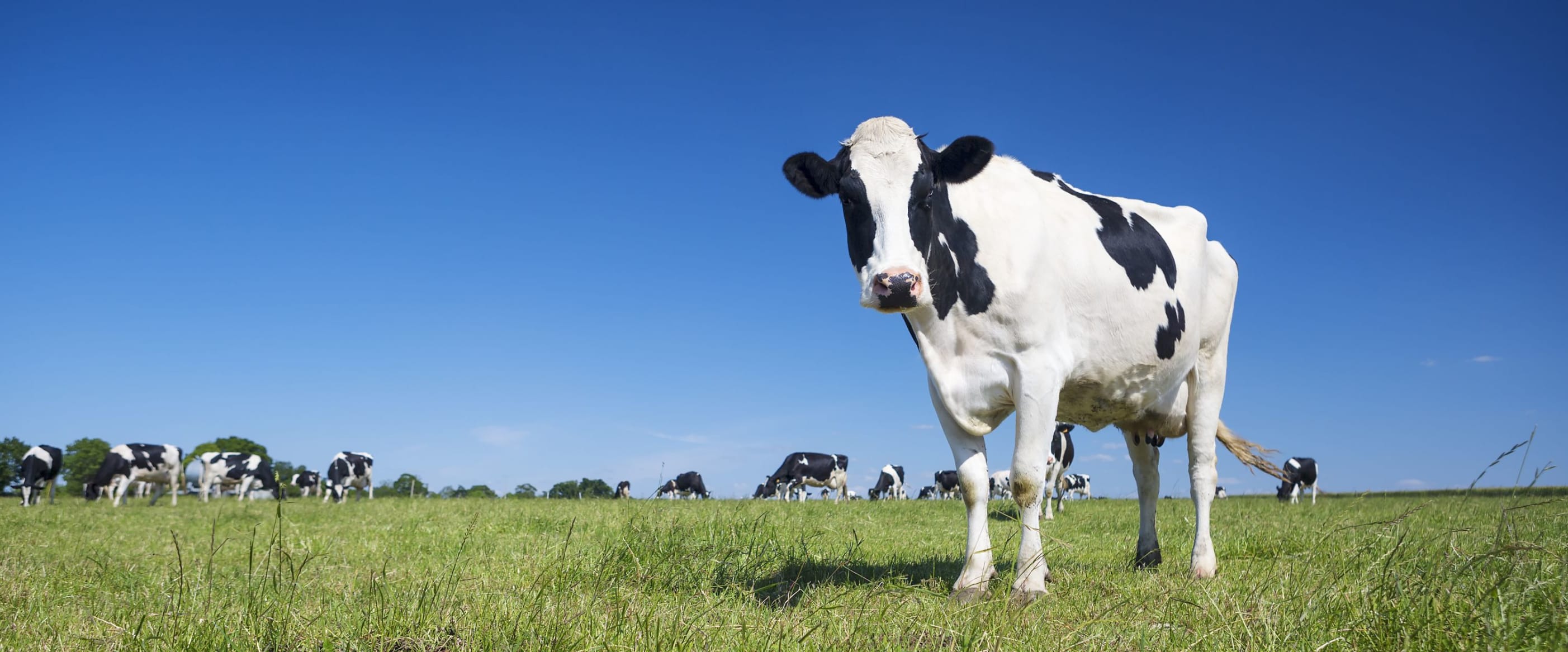
A standard diet for all?
In March, the World Health Organisation (WHO) pulled out of sponsoring the EAT-Lancet initiative, after concerns were raised that the diet would impact health and livelihoods.
Gian Lorenzo Cornado, Italy’s ambassador to the United Nations, said that a “standard diet for the whole planet” which disregards age, sex, general health and cultural eating habits, “would mean the destruction of millenary healthy traditional diets which are a full part of the cultural heritage and social harmony in many nations.”
The EAT-Lancet report also calls for “hard policy interventions including laws, fiscal measures, subsidies and penalties, trade reconfiguration, and other economic and structural measures” and advises that countries “should not restrict themselves to narrow measures or soft interventions”.
However, such economic levers — including taxes on animal products — could create a situation that sees particular foods become the privilege of higher socioeconomic groups.
The future of food
The Planetary Health Diet was supposed to find a compromise for nutritionists and environmental experts. Aside from letting old habits die hard, where does the UK go from here?
According to the Waste and Resources Action Programme (WRAP), we can at least have a greater awareness about where our food comes from and its impact on the environment.
A recent report by the charity found that the barriers and drivers of sustainable eating and food waste were the combination of the practical (cost, time, access to facilities), emotional (the pressure to provide, eating as family time and food as reward) and world view (buying food of better quality, fewer chemicals and locally sourced).
Building skills, knowledge and confidence in cooking and food management emerged as crucial steps towards adopting a suitable diet for health and environment.
The charity also reports that if everyone in the UK ate according to the government’s Eatwell Guide, this would result in a 32% reduction in the environmental footprint compared to the current diet.
So… who’s up for smashed turnip toast?
Enjoyed this article?
Read about the pros and cons of fake meat
For articles and recipes subscribe to the Optimum Nutrition newsletter
Discover our courses in nutrition
